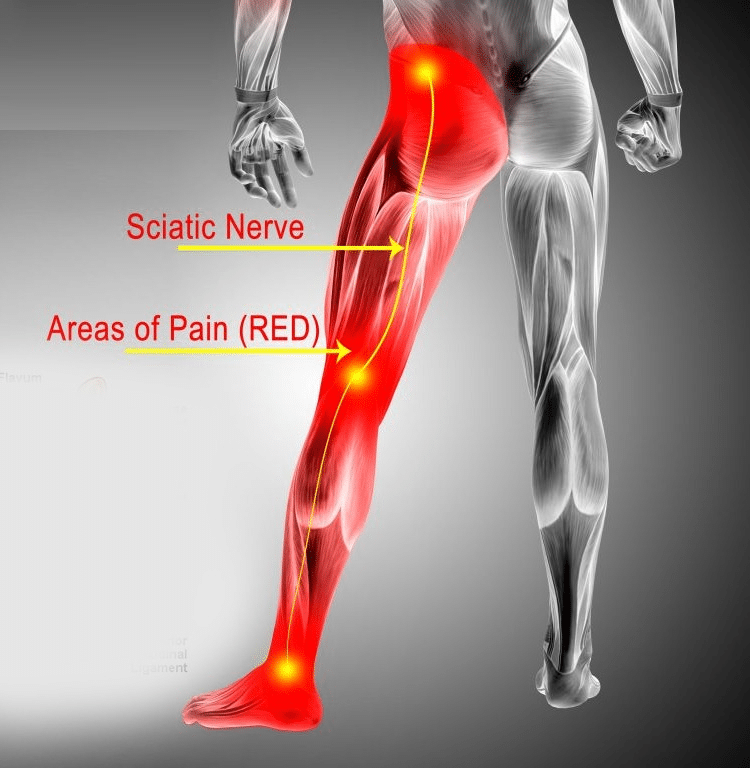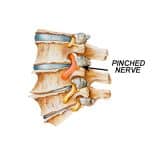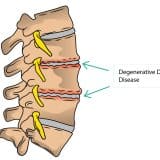Sciatica

A vast majority of the nerves in our body pass through the long spinal cord to reach several parts of the body. One such nerve is the sciatic nerve. When the sciatic nerve exits the spinal cord, it supplies the hip joints and the legs. This nerve ends at the toes. Due to its long path, the chances of damage increase proportionally, leading to a condition called sciatica. At the same, since the path is long, in case of damage, the entire leg might be affected. Read on to learn more about the causes and symptoms of sciatica, and its treatment and risk factors.
Causes of Sciatica
Sciatica is typically caused by a herniated disc, which occurs when the soft centre of a spinal disc protrudes through a tear in the outer layer. This can put pressure on the sciatic nerve, causing pain and other symptoms. Here are some of the other causes of sciatica:
- The sciatic nerve may be compressed due to spinal stenosis, which is the narrowing of the spinal canal.
- Piriformis syndrome: This is a disorder when the buttocks’ piriformis muscle compresses the sciatic nerve.
- Spondylolisthesis: This is a condition in which one vertebra slips forward over another vertebra, which can put pressure on the sciatic nerve.
Symptoms of Sciatica
The most common sciatica symptoms include:
- Pain radiating from the lower back down the leg.
- The pain can be sharp, burning, or tingling.
- Pain worsens when you sit, stand, or cough.
- Pain is relieved by lying down.
- Numbness or tingling in the leg.
- Weakness in the leg.
- Difficulty walking.
Treatment for Sciatica
In most cases, sciatica will improve on its own within a few weeks. Depending on the severity of sciatica and the time you have been facing the symptoms since, the doctor may recommend some of the following treatment modalities:
- Rest: If you rest your body, the sciatic nerve will have time to recover.
- Ice: Apply ice to the injured area for 20 minutes at a time, several times a day.
- Painkillers sold over-the-counter: These are effective at reducing discomfort and swelling.
- Physical treatment: Physical therapycan assist in reducing strain on the sciatic nerve by strengthening your back and leg muscles.
- Surgery: Surgery might be required to treat sciatica in some circumstances. It is typically only advised for those who experience extreme pain that does not get better with other therapies.
Risk Factors for Sciatica
Several factors can increase the risk of developing sciatica. Age-related changes in the spine can make you more susceptible. Occupations requiring prolonged sitting or heavy lifting can contribute to the condition. Obesity and a sedentary lifestyle may also increase the risk. Addressing these risk factors is important to prevent or manage sciatica effectively.
Conclusion
Sciatica can be debilitating, causing pain and discomfort that affects daily life. By understanding the causes, recognizing the signs and symptoms, and being aware of the available allopathic treatment options, individuals can take proactive steps to manage sciatica effectively. Addressing risk factors, seeking appropriate medical care, and adopting preventive measures can significantly improve the quality of life for those dealing with sciatica.
For enquiries and online appointments:
Email – Naveen.st@gmail.com
Call/Whatsapp – +91 7676090119
Visit www.NaveenSpine.com to know more




